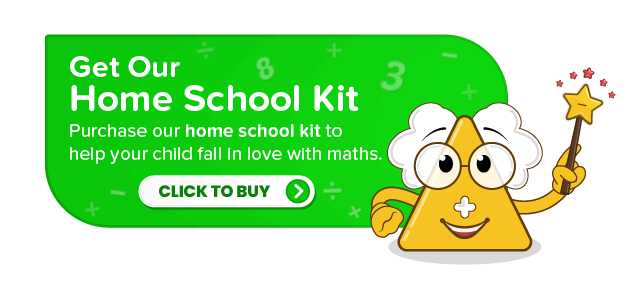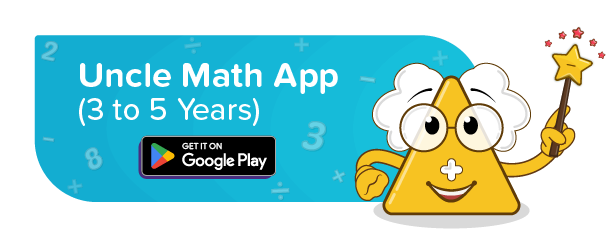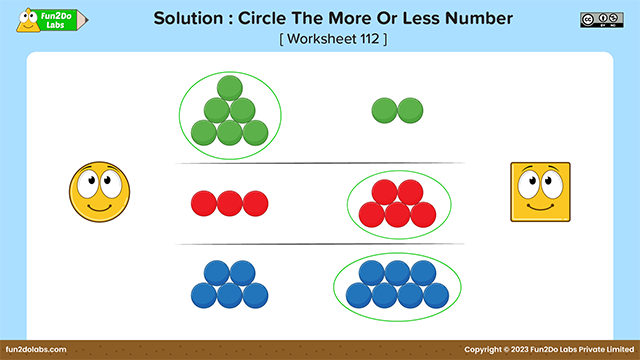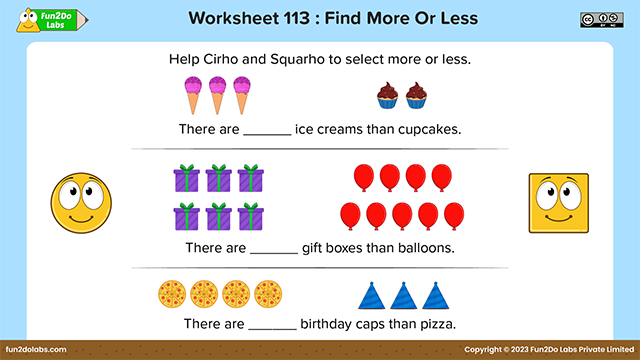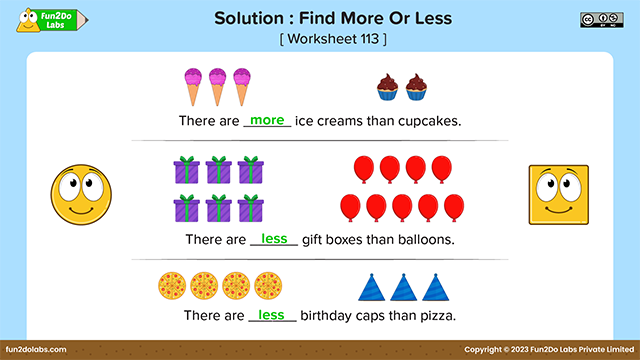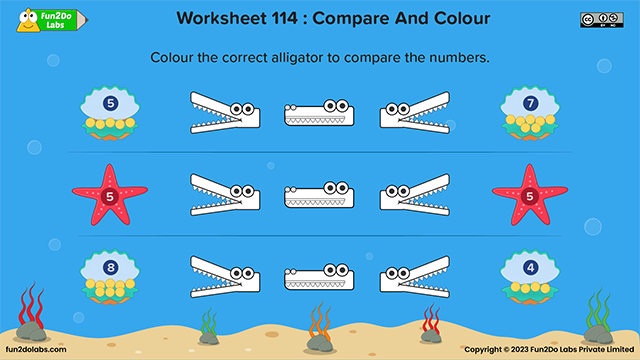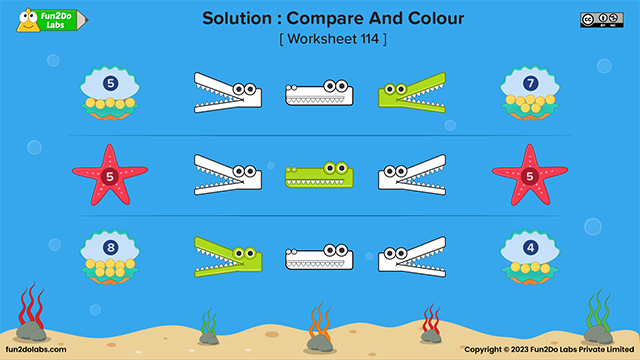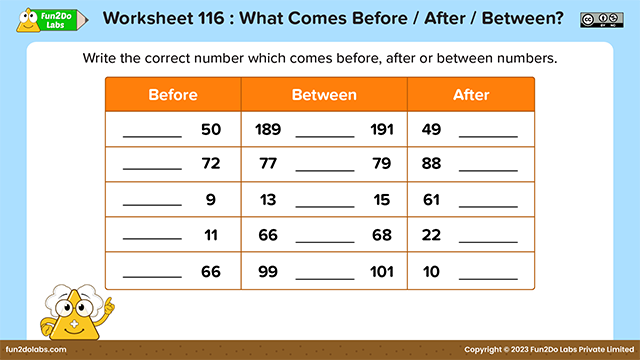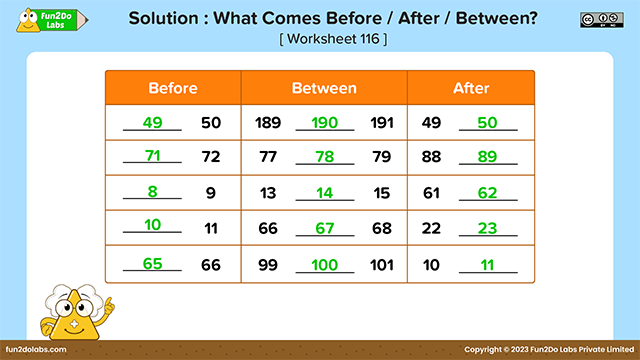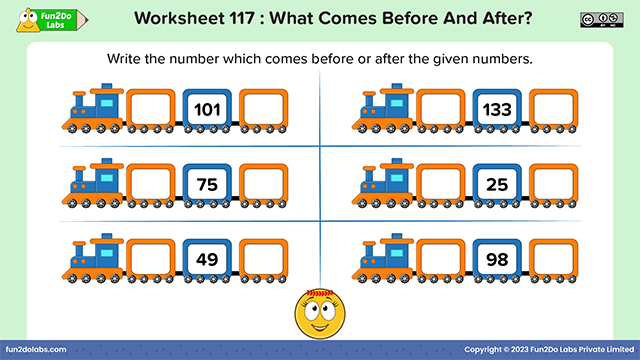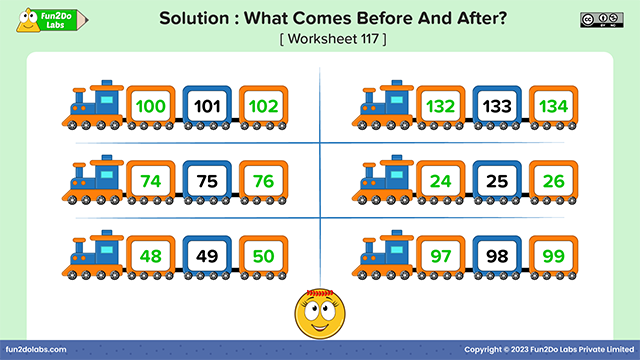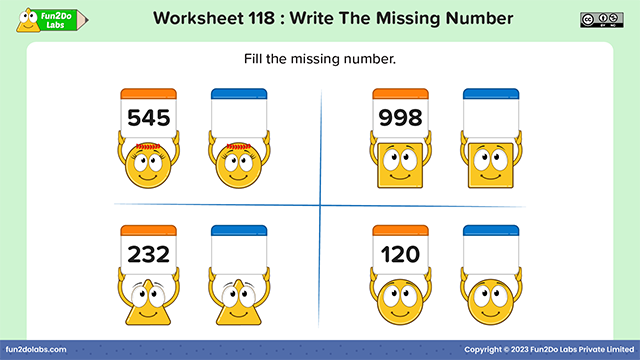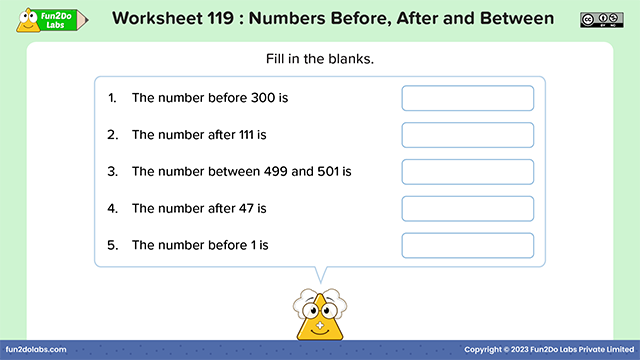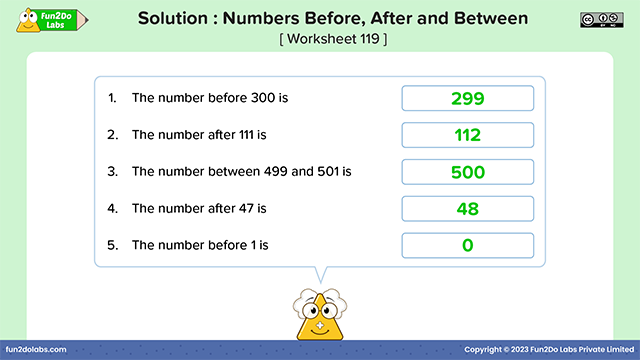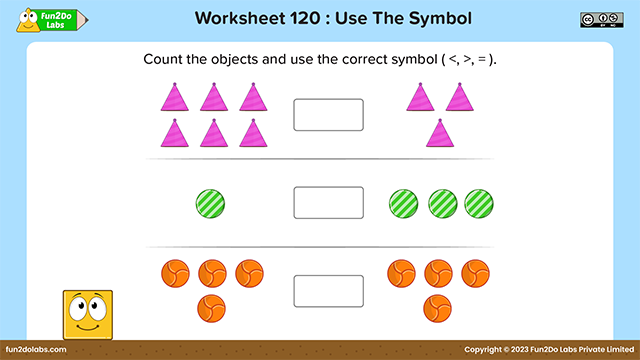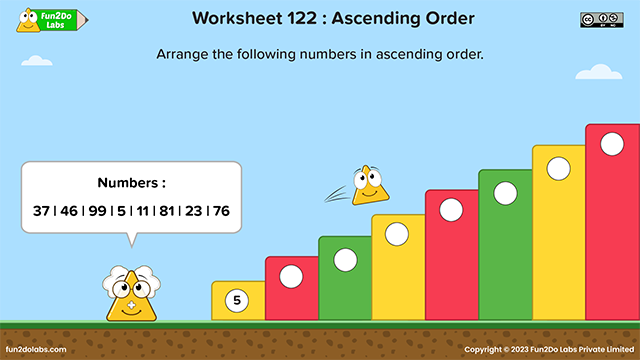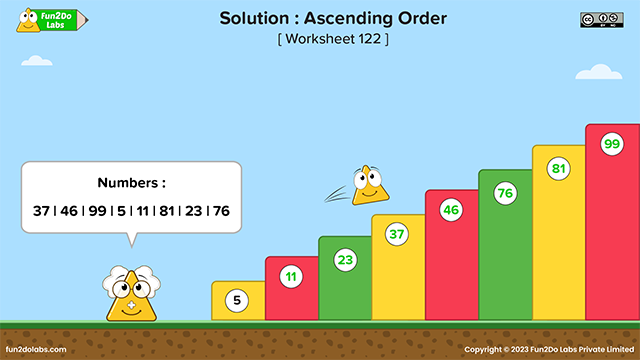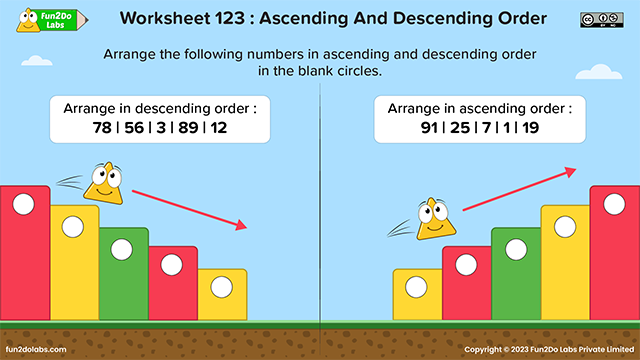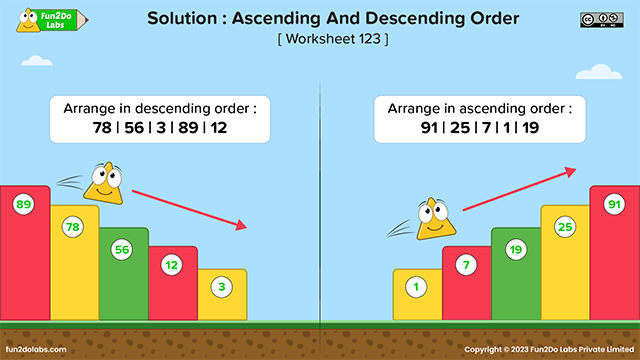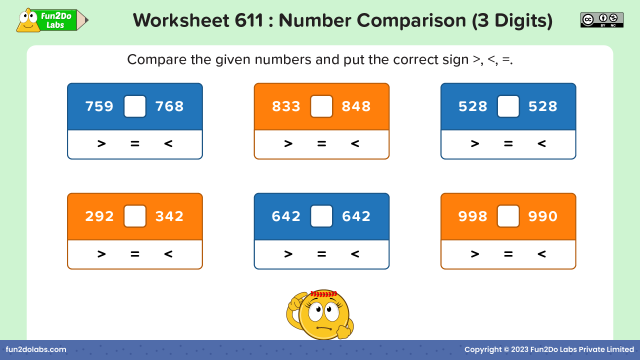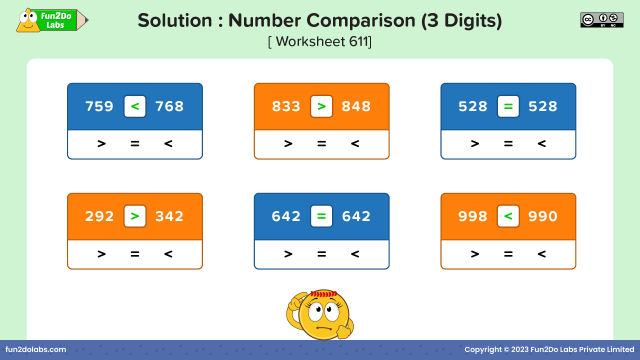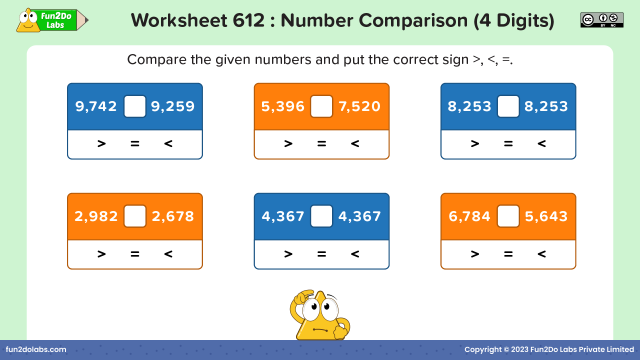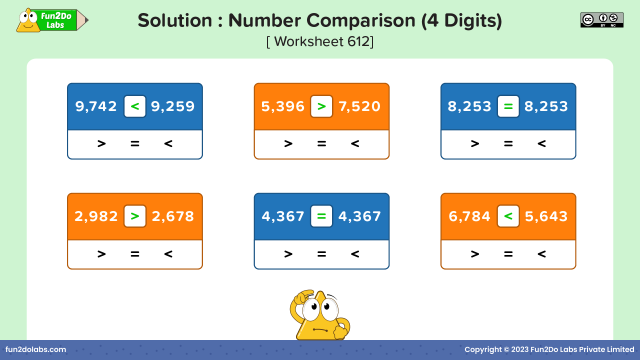
The process of deciding whether a given number is greater, lesser, or equal to another number is called comparison of numbers. It involves comparing numbers, determining more and fewer, greater than, less than, and equal to, and arranging them by value. Different symbols like > (greater than), < (less than) or = (equals to) are used to show comparison between numbers.
Learning the concept of comparison helps kids compare the cost of various items while shopping, compare weight, compare temperature, etc. in their later lives. It is essential for children to understand the value of numbers before teaching number comparison.
More vs Less
The concept of more and less can be taught by comparing pillars of blocks or by comparing the number of cookies in 2 plates.
More means something extra than the other, while less means a smaller amount than the other.
For example :
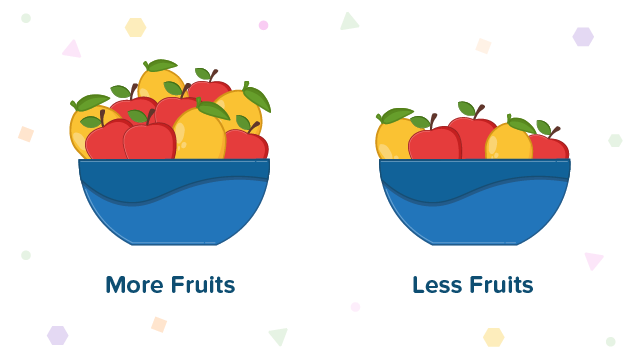
Learning the concept of more and less is very important in pre primary classes, as the concept is frequently used in word problems of addition and subtraction in higher classes.
In word problems, more is used to represent addition, and less is used to represent subtraction.
Before, After and In Between Numbers
The concept of before, after, and in between numbers is very important to understand numbers.
The concept can be explained to kids by putting different types of fruits in a line. Then it can be explained like pineapple is before banana, cherries are after banana or banana is between pineapple and cherries and so on.
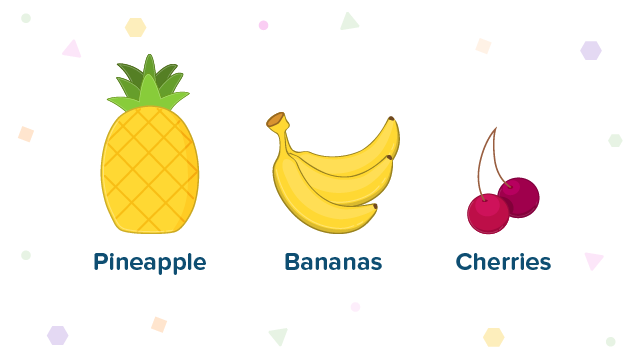
Comparison using symbols
Once kids are well versed in the concept of more and less, they can be taught to compare numbers using symbols.
Comparison using “>” symbol :
“ > “ is called the greater than symbol. This symbol shows which number is greater than the other.
The wide, open end always faces towards a greater number, and the narrow, pointed end faces towards a smaller number.
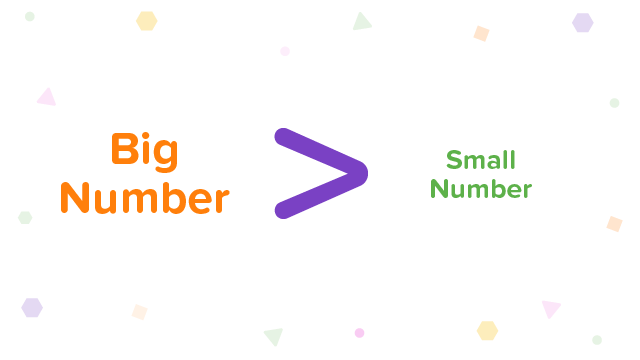
For example :
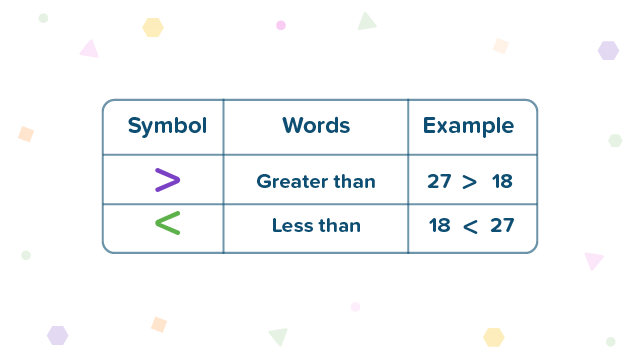
Comparison using “ < “ symbol :
“< “ is called less than symbol. This symbol shows which number is lesser than the other.
The narrow pointed end faces towards a smaller number and the wide open end always faces towards greater number.
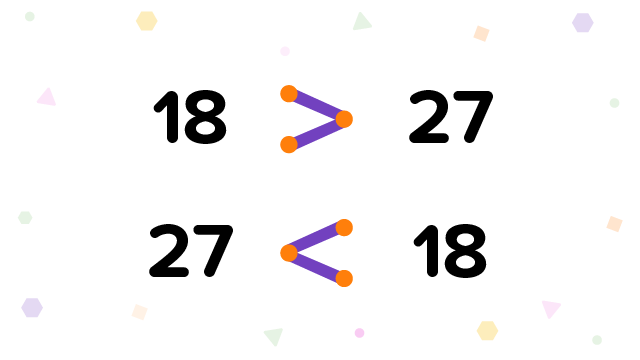
Comparison using “ = “ symbol :
“=” is called the “equals to” symbol. This symbol is used when two numbers are equal.
For example : 10 = 10
Ascending and Descending order of numbers (up to 2 digits)
Ascending Order :
Arranging numbers in a series from left to right where smallest will be at extreme left position and largest number on extreme right position.
Less than symbol is used to arrange numbers in ascending order.
Example : 13, 18, 15, 12, 11, 20
Ascending order : 11 < 12 < 13 < 15 < 18 < 20
Descending Order :
Arranging numbers in a series from left to right where largest will be at extreme left position and smallest number at extreme right position.
Greater than symbol is used to arrange numbers in descending order.
For example : 13, 18, 15, 12, 11, 20
Descending order : 20 > 18 > 15 > 13 > 12 > 11
For arranging numbers in ascending or descending order following rules are followed :
- Number of digits should be checked in the given series of the numbers, 2 digit numbers will always be greater than the 1 digit number.
For example : 8, 14 in this always 8 < 14.
- If all given numbers have 2 digits then the number having greater number at Tens position will be greater.
For example : 28, 13, 35, 85
Ascending order : 13 < 28 < 35 < 85
If the digit at tens place is the same in the given numbers then the number having greater digit at ones place will be larger.
For example : 45, 42, 48
Ascending order : 42 < 45 < 48
Teaching number comparison with kid friendly, clear and easy to understand posters from Uncle Math School by Fun2Do Labs :
Ignite kids’ curiosity with engaging stories for role play and skits, making the learning of this concept an exciting and effective experience. Teaching number comparison through stories from Uncle Math School by Fun2Do Labs :
Learning number comparisions can be made enjoyable by incorporating interactive games and activities.
Stack and Compare :
Kids love playing with blocks. This is an interesting activity to teach kids the concept of more and less. This activity can be performed in groups of kids or single kids and parents. Activity can be carried out in the following steps :
- Distribute some blocks to participants.
- Instruct the kids to stack the blocks.
- Kids can find out who actually has more blocks.
- Some critical thinking questions can also be asked, like :
- Who has more blocks?
- How do you know?
- Who has less blocks?
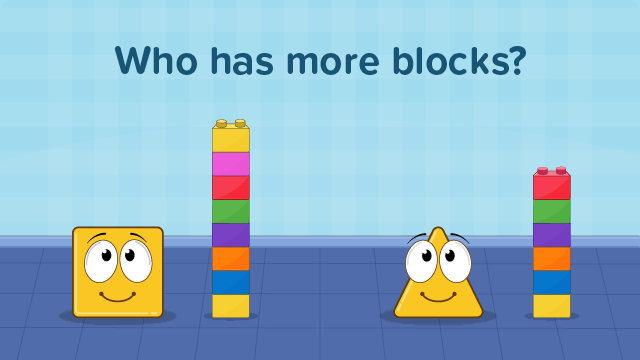
Order the cups!
This is another captivating activity to make kids practise the important concept of ascending and descending order. This activity is executed by following the steps :
- Two – or one – digit numbers are written on the cups (one number on each cup).
- Each child can be given a few cups randomly.
- Kids are instructed to arrange given cups in ascending or descending order of the numbers present on the cups.
Help your kids to practise number comparison by interesting and fun worksheets and solutions from Uncle Math School by Fun2Do Labs.


